Health Topics
Chloride is found in many chemicals and other substances in the body. It is one of the components of salt used in cooking and is found naturally in many foods.
Function
Chloride is needed to keep the proper balance of body fluids. It is an essential part of digestive (stomach) juices.
Food Sources
Chloride is found in table salt or sea salt as sodium chloride. It is also found in many vegetables. Foods with higher amounts of chloride include seaweed, rye, tomatoes, lettuce, celery, and olives.
Chloride, combined with potassium, is also found in many foods. Potassium chloride is a common salt substitute.
Most Americans probably get more chloride than they need from table salt and the salt in prepared foods.
Side Effects
Too little chloride in the body can occur when your body loses a lot of fluids. This may be due to heavy sweating, vomiting, or diarrhea. Medicines such as diuretics can also cause low chloride levels.
Too much sodium-chloride from salted foods can:
- Increase your blood pressure
- Cause a buildup of fluid in people with congestive heart failure, cirrhosis, or kidney disease
Recommendations
Dosages for chloride, as well as other nutrients, are provided in the Dietary Reference Intakes (DRIs) developed by the Food and Nutrition Board at the National Academies of Sciences, Engineering, and Medicine. DRI is a term for a set of reference intakes that are used to plan and assess the nutrient intakes of healthy people. These values, which vary by age and sex, include:
- Recommended Dietary Allowance (RDA): The average daily level of intake that is enough to meet the nutrient needs of nearly all (97% to 98%) healthy people. An RDA is an intake level based on scientific research evidence.
- Adequate Intake (AI): This level is established when there is not enough scientific research evidence to develop an RDA. It is set at a level that is thought to ensure enough nutrition.
Dietary Reference Intakes for chloride:
Infants (AI)
- 0 to 6 months old: 0.18 grams per day (g/day)
- 7 to 12 months old: 0.57 g/day
Children (AI)
- 1 to 3 years: 1.5 g/day
- 4 to 8 years: 1.9 g/day
- 9 to 13 years: 2.3 g/day
Adolescents and adults (AI)
- Males and females, age 14 to 50: 2.3 g/day
- Males and females, age 51 to 70: 2.0 g/day
- Males and females, age 71 and over: 1.8 g/day
- Pregnant and lactating females of all ages: 2.3 g/day
References
Ayling RM, Crook M. Nutrition: laboratory and clinical aspects. In: Rifai N, Chiu RWK, Young I, Burnham Carey-Ann D, Wittwer CT, eds. Tietz Textbook of Laboratory Medicine. 7th ed. St Louis, MO: Elsevier; 2023:chap 46.
Institute of Medicine, Food and Nutrition Board. Dietary Reference Intakes for Water, Potassium, Sodium, Chloride, and Sulfate. The National Academies Press. Washington, DC. 2005. nap.nationalacademies.org/catalog/10925/dietary-reference-intakes-for-water-potassium-sodium-chloride-and-sulfate. Accessed January 31, 2025
Markell M, Siddiqi HA. Vitamins and trace elements. In: McPherson RA, Pincus MR, eds. Henry's Clinical Diagnosis and Management by Laboratory Methods. 24th ed. Philadelphia, PA: Elsevier; 2022:chap 27.
Mason JB, Booth SL. Vitamins, trace minerals, and other micronutrients. In: Goldman L, Cooney KA, eds. Goldman-Cecil Medicine. 27th ed. Philadelphia, PA: Elsevier; 2024:chap 199.
Review Date 1/21/2025
Updated by: Stefania Manetti, RDN, CDCES, RYT200, My Vita Sana LLC - Nourish and heal through food, San Jose, CA. Review provided by VeriMed Healthcare Network. Also reviewed by David C. Dugdale, MD, Medical Director, Brenda Conaway, Editorial Director, and the A.D.A.M. Editorial team.



